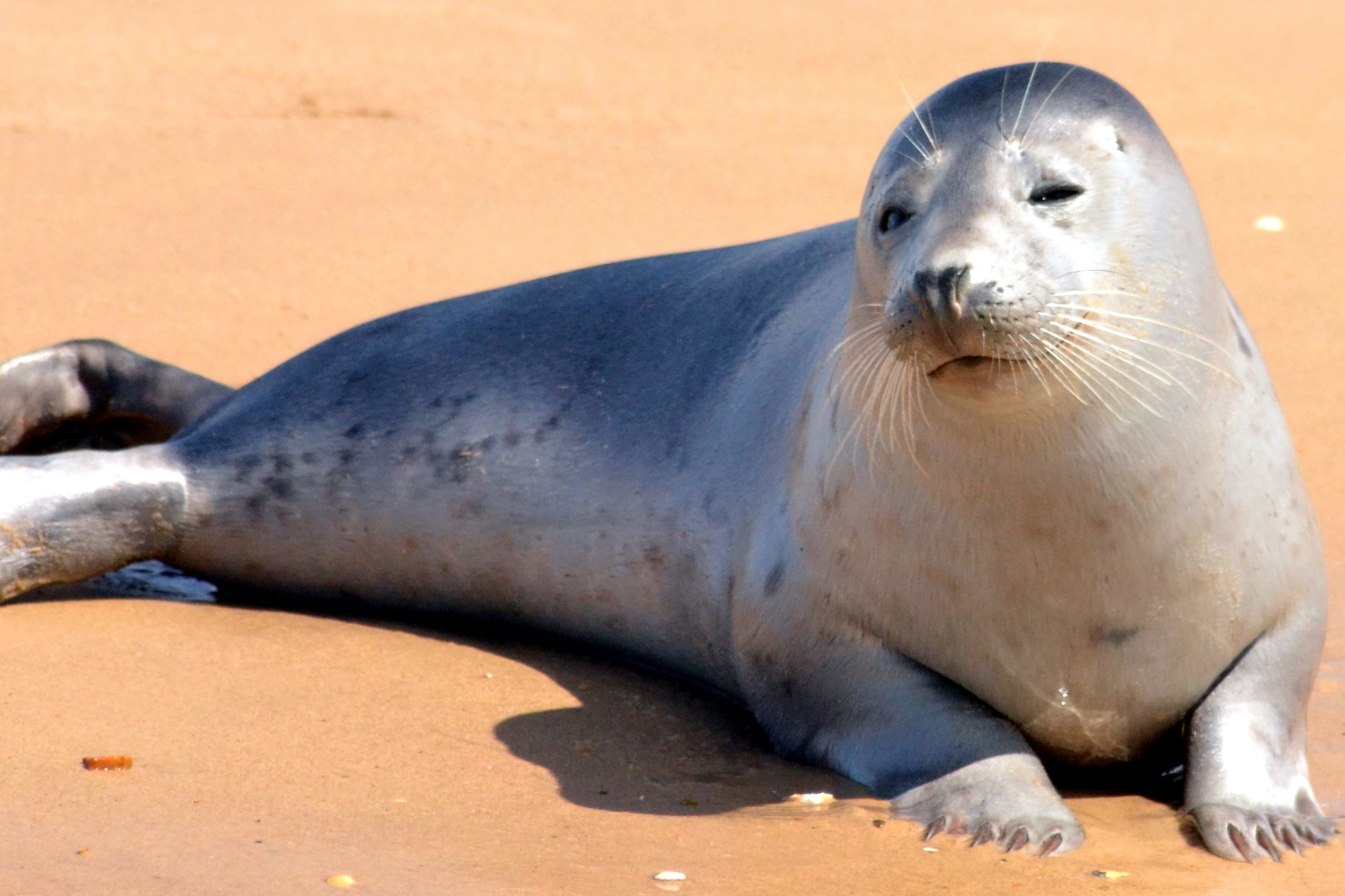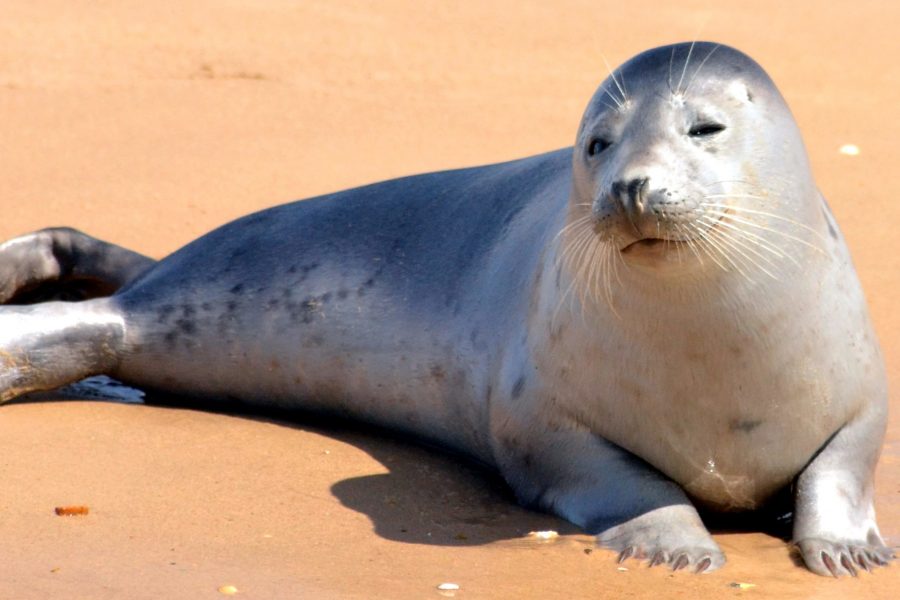What’s a sea ring? It’s not a piece of jewelry, but a fascinating phenomenon in the ocean! These swirling, ring-shaped currents can be hundreds of miles wide and are formed by a complex interplay of ocean currents, wind patterns, and temperature differences. Think of them as giant whirlpools, but instead of swirling water, they carry unique ecosystems and influence the ocean’s balance.
Sea rings are like miniature worlds within the vast ocean. They trap and concentrate nutrients, creating havens for marine life. Fish, plankton, and even sea turtles find refuge and food within these swirling boundaries, making them crucial for marine biodiversity.
What is a Sea Ring?

A sea ring, also known as a “ring of sea,” is a fascinating natural phenomenon that occurs in the ocean, characterized by a circular or elliptical shape of water that is distinct from the surrounding ocean. These rings can be formed by various processes, leading to diverse types with unique features.
Formation of Sea Rings
Sea rings are formed through the interaction of ocean currents, winds, and other environmental factors. The most common process involves the detachment of eddies from larger ocean currents. These eddies are swirling masses of water that can become isolated and rotate independently, creating a ring-like structure.
- Eddy Detachment: When an eddy detaches from a larger current, it often carries with it a distinct body of water with different properties, such as temperature, salinity, and biological composition, than the surrounding ocean. This difference in properties creates a boundary that is visible as a sea ring.
- Wind-Driven Formation: Strong winds can also contribute to the formation of sea rings. When winds blow across the surface of the ocean, they can create a swirling motion that can isolate a patch of water and form a ring.
- Topographic Effects: Sea rings can also form due to the interaction of ocean currents with underwater topography, such as seamounts or underwater ridges. These features can disrupt the flow of currents and create eddies that can detach and form rings.
Types of Sea Rings
Sea rings can be classified into different types based on their size, shape, and formation mechanism.
- Warm-Core Rings: These rings are characterized by warmer water temperatures than the surrounding ocean. They are typically formed by the detachment of eddies from warm currents, such as the Gulf Stream.
- Cold-Core Rings: These rings are characterized by colder water temperatures than the surrounding ocean. They are typically formed by the detachment of eddies from cold currents, such as the Labrador Current.
- Submesoscale Rings: These rings are smaller and shorter-lived than mesoscale rings. They are often formed by the interaction of small-scale eddies and fronts.
Formation of Sea Rings

Sea rings are fascinating features of the ocean that form due to a complex interplay of ocean currents, wind patterns, and temperature differences. These swirling masses of water can persist for weeks or even months, carrying with them unique ecosystems and influencing the surrounding marine environment.
Role of Ocean Currents
Ocean currents play a crucial role in the formation of sea rings. These currents, driven by factors like wind, the Earth’s rotation, and temperature differences, create areas of convergence and divergence. When currents converge, they can trap water in a circular motion, leading to the formation of a sea ring. The Coriolis effect, caused by the Earth’s rotation, further influences the direction of these currents and contributes to the circular shape of sea rings.
Influence of Wind Patterns
Wind patterns also contribute to the creation of sea rings. Strong winds can push surface water, creating eddies and swirls. These swirling masses of water can detach from the main current and form isolated sea rings. The direction and strength of the wind determine the size and direction of the sea ring.
Temperature Differences in the Ocean
Temperature differences in the ocean also play a significant role in sea ring formation. Warmer water is less dense than colder water, leading to differences in buoyancy. This can create areas of upwelling and downwelling, further influencing the formation of sea rings. In regions where warm and cold currents meet, the resulting temperature differences can create conditions conducive to sea ring formation.
Locations of Sea Ring Observation
Sea rings are commonly observed in various locations around the world, including:
- The Gulf Stream, a powerful current in the North Atlantic Ocean, is known for generating sea rings. These rings can be either warm-core or cold-core, depending on the temperature of the water they carry.
- The Kuroshio Current, a major current in the North Pacific Ocean, also produces sea rings. These rings are often associated with nutrient-rich waters, supporting diverse marine life.
- The Agulhas Current, a strong current off the coast of South Africa, is another area where sea rings are commonly observed. These rings can carry warm, tropical waters into the colder waters of the South Atlantic.
Ecological Significance of Sea Rings
Sea rings are not just swirling masses of water; they are dynamic ecosystems that play a vital role in the health and productivity of the ocean. These rotating water bodies create unique environments that influence the distribution, abundance, and interactions of marine life.
Impact on Marine Ecosystems
Sea rings can significantly impact marine ecosystems by concentrating nutrients, altering water temperatures, and influencing the flow of currents. The swirling motion of a sea ring can trap nutrients and plankton, creating areas of high productivity that attract a variety of marine life. These rings can also act as barriers, preventing the dispersal of organisms and influencing the distribution of species.
Habitat for Marine Life
Sea rings provide habitats for a wide variety of marine life, from microscopic plankton to large fish and marine mammals. The nutrient-rich waters within a sea ring support a rich abundance of phytoplankton, which form the base of the marine food web. This abundance of food attracts zooplankton, small fish, and larger predators like tuna, sharks, and whales.
Contribution to Biodiversity
Sea rings contribute to the biodiversity of the ocean by creating isolated environments that allow for the evolution of unique species. The different physical and chemical conditions within a sea ring can lead to the development of specialized adaptations in marine organisms. This diversity of species is essential for the resilience and stability of the marine ecosystem.
Role in Nutrient Cycle
Sea rings play a crucial role in the nutrient cycle of marine environments by concentrating nutrients and transporting them to different parts of the ocean. The upwelling of nutrients from the deep ocean within a sea ring can stimulate phytoplankton growth, which then provides food for higher trophic levels. The movement of sea rings can also transport nutrients to areas that are typically nutrient-poor, increasing productivity and supporting marine life.
Observations and Research: What’s A Sea Ring

Our understanding of sea rings has evolved significantly over time, thanks to advancements in oceanographic research and technological innovations. Early observations were limited to visual sightings from ships and coastal areas, but the advent of satellite imagery and other advanced technologies has revolutionized our ability to study these fascinating ocean features.
Satellite Imagery and Other Technologies, What’s a sea ring
Satellite imagery has been instrumental in identifying and tracking sea rings, providing valuable insights into their formation, movement, and evolution. By analyzing images captured from space, researchers can monitor the surface temperature, chlorophyll concentration, and other parameters of sea rings, providing valuable data for studying their ecological significance.
- Satellite altimetry measures the height of the ocean surface, revealing the presence of sea rings as distinct topographic features. This data helps in determining the size, shape, and movement of sea rings.
- Satellite imagery allows scientists to monitor the distribution of chlorophyll in sea rings, providing information about the abundance of phytoplankton and the potential for biological productivity within these features.
- Acoustic Doppler Current Profilers (ADCPs) are used to measure ocean currents, providing data on the flow patterns associated with sea rings and their influence on the surrounding ocean.
- Autonomous underwater vehicles (AUVs) equipped with sensors can collect detailed data on the physical and biological characteristics of sea rings, including temperature, salinity, and nutrient profiles.
Long-Term Monitoring of Sea Ring Dynamics
Long-term monitoring of sea ring dynamics is crucial for understanding their role in the marine ecosystem. This involves collecting data over extended periods, allowing researchers to track changes in sea ring characteristics, their interactions with other ocean features, and their impact on marine life.
- Continuous monitoring of sea ring formation, movement, and decay provides valuable insights into the factors that influence their lifespan and ecological impact.
- Long-term data on sea ring dynamics can be used to develop models that predict the evolution and behavior of these features, helping us understand their impact on marine ecosystems and fisheries.
- Analyzing historical data can reveal long-term trends in sea ring formation and frequency, providing insights into the potential influence of climate change on these ocean features.
Recent Research Insights
Recent research has shed light on the complex evolution and behavior of sea rings, providing valuable insights into their ecological role and potential impact on marine ecosystems.
- Studies have shown that sea rings can act as important nurseries for fish and other marine life, providing a refuge from strong currents and predators.
- Research has highlighted the role of sea rings in influencing the distribution of nutrients and phytoplankton, potentially impacting the productivity of surrounding waters.
- Analysis of satellite data has revealed that sea rings can persist for months or even years, suggesting that they play a significant role in the long-term dynamics of marine ecosystems.
Sea rings are a testament to the ocean’s dynamic nature and its ability to create complex and interconnected systems. Understanding their formation, impact, and evolution is essential for managing and protecting our oceans. From their role in the nutrient cycle to their influence on marine life, sea rings continue to amaze scientists and inspire awe in anyone who learns about them.
FAQ Corner
How long do sea rings last?
Sea rings can last for weeks, months, or even years, depending on their size and the oceanographic conditions.
Can sea rings be harmful?
While sea rings are generally beneficial for marine life, they can sometimes create harmful algal blooms or trap pollutants.
Are sea rings visible from space?
Yes, sea rings can be seen from space using satellite imagery, which allows scientists to track their movement and evolution.